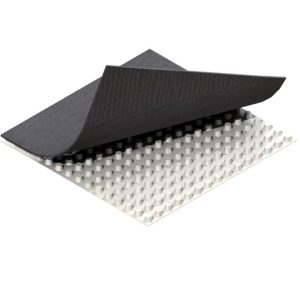What is an Optical Sensor? A Comprehensive Guide
What is an Optical Sensor? A Comprehensive Guide
In today’s tech-driven world, sensors are everywhere. But what is optical sensor technology exactly? Simply put, an optical sensor is a device that converts light rays into electronic signals. It measures physical quantities of light and translates them into a form readable by an instrument. These sensors are fundamental components in countless applications, from your smartphone’s screen to advanced industrial automation systems.
How Do Optical Sensors Work?
The core principle involves a light source, a sensing element, and a signal converter. Light emitted from a source, like an LED or laser, interacts with an object. The sensor then detects changes in the light’s properties—such as intensity, wavelength, or phase—and converts this data into an electrical output. This process enables precise non-contact measurement.
Types of Optical Sensing Technologies
There are several key types, including photoelectric sensors, fiber optic sensors, and image sensors. Photoelectric sensors are great for detection, while fiber optic sensors excel in harsh environments. Image sensors, found in cameras, capture detailed visual information.
Common Applications of Optical Sensors
You encounter optical sensors daily. They are vital in:
- Consumer Electronics: Automatic brightness adjustment on devices.
- Industrial Automation: Object counting and positioning on assembly lines.
- Medical Devices: Pulse oximeters that measure blood oxygen levels.
- Automotive Systems: Rain sensors and lane departure warnings.
Frequently Asked Questions
What is the main advantage of using an optical sensor?
The primary advantage is non-contact measurement, which allows for high-speed, wear-free operation and high accuracy without physical interaction.
Are optical sensors expensive?
Costs vary widely based on type and precision. Basic photoelectric sensors are quite affordable, while specialized high-accuracy sensors can be a significant investment.
How do I choose the right optical sensor?
Consider your application’s requirements: detection range, environmental conditions, required accuracy, and output signal type. Consulting with a specialist is often the best approach.
Ready to Integrate Optical Sensors?
Understanding optical sensors is the first step toward leveraging their power. Whether you’re designing a new product or optimizing a system, choosing the right sensor is crucial.
Explore our detailed guides and find the perfect optical sensor solution for your needs today!


